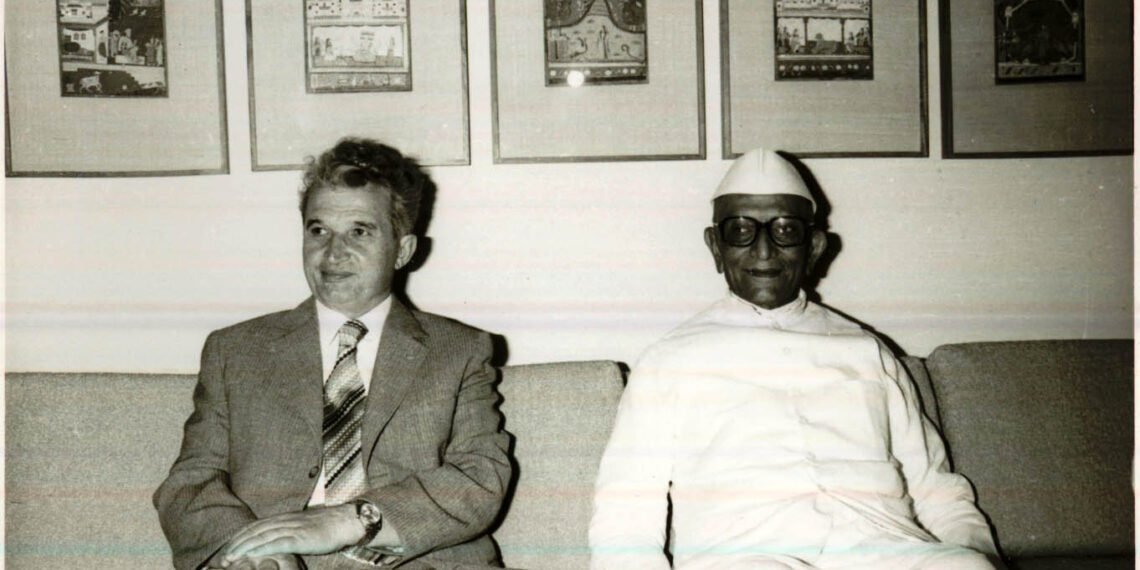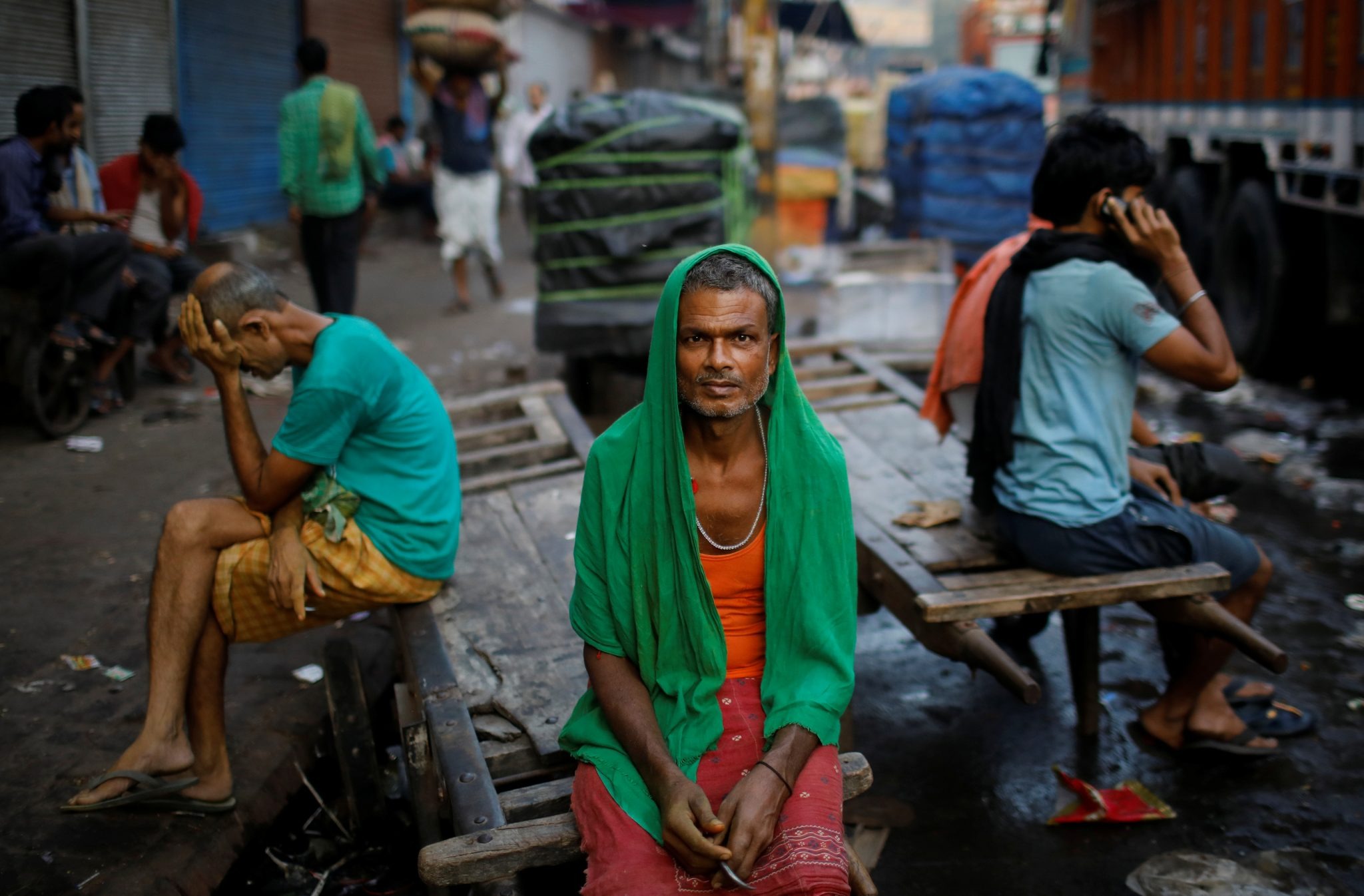Introduction
India’s first non-Congress government took office in March 1977 after the Emergency, as the Janata Party alliance swept the Lok Sabha and installed Morarji Desai as Prime Minister, but collapsed within two and a half years under factional rivalries, ideological rifts, and governance drift, paving the way for Indira Gandhi’s return in 1980. The period nonetheless reset India’s constitutional balance by rolling back Emergency-era curbs and restoring civil liberties and judicial authority.

From Emergency to landslide
The 1977 election became a referendum on the Emergency, uniting opposition streams—Congress (O), Bharatiya Lok Dal, Jana Sangh, and the Congress for Democracy—under a “democracy versus dictatorship” plank. Janata and allies won 298 of 542 seats, with a dramatic North–South split: a clean sweep across much of the Hindi belt and urban Maharashtra, while Congress retained strength across much of the South. Morarji Desai, 81, was sworn in as PM on 24 March 1977; both Indira and Sanjay Gandhi lost their seats, symbolizing the repudiation of Emergency politics.
Coalition composition and contradictions
Janata was a merger of disparate currents: ex-Congress (O), socialists, Bharatiya Jana Sangh (with RSS links), and Lok Dal’s agrarian bloc, bound chiefly by anti-Emergency sentiment rather than a common program. Leadership rivalries among Desai, Charan Singh, and Jagjivan Ram simmered from the start, while the unresolved issue of Jana Sangh members’ continued association with the RSS provoked perpetual intra-party tension.
Governance agenda and early moves
Civil liberties and press freedom: The government promptly lifted censorship, freed political prisoners, and rolled back Emergency ordinances and restrictions.
Constitutional reset: Through the 44th Constitutional Amendment (1978–79), Parliament reversed key 42nd Amendment provisions—restoring habeas corpus protections, rebalancing Parliament–executive–judiciary relations, and making Emergency proclamations harder to impose—cementing a long-run democratic safeguard.
Accountability for Emergency excesses: Multiple inquiries were initiated; however, high-profile cases (including Indira Gandhi’s October 1977 arrest) collapsed for want of watertight charges, generating sympathy for Indira and embarrassment for the government.
The unraveling: faction, ideology, and credibility
RSS–linkage dispute: Socialists and some ex-Congress figures demanded that Jana Sangh elements sever ties with the RSS; refusal deepened mistrust and factional splits.
Charan Singh’s break: After escalating clashes with Desai, Charan Singh resigned as Home Minister in 1978, returned briefly, then split in 1979 to form Janata Party (Secular), taking MPs and toppling Desai’s majority.
The 23-day ministry: With outside support from Congress (I), Charan Singh became PM on 28 July 1979 but resigned before a trust vote when Indira withdrew support after he declined to drop cases against her, making him the only PM to never face Parliament; he remained caretaker until January 1980.
Why the experiment failed
No common program: Beyond undoing Emergency-era measures, the coalition lacked a shared policy compass, producing governance drift.
Leadership rivalries and defections: Desai–Charan Singh–Jagjivan Ram competition fostered instability; between 1977 and 1979, at least 76 MPs defected from Janata and affiliates.
Ideological incompatibilities: Persistent RSS-related contention and divergent economic priorities (agrarian vs. market-leaning) eroded cohesion.
Public disillusionment: Internal quarrels, communal tensions in pockets, and stalled delivery sapped credibility, fueling the Congress resurgence.
Electoral whiplash and aftermath
Mid-term polls in January 1980 returned Indira Gandhi to office decisively, while Janata won just 31 seats and Janata (Secular) 41, formalizing the alliance’s fracture. The Janata experience, however, catalyzed realignments: the Jana Sangh stream reorganized as the Bharatiya Janata Party in April 1980, while other fragments regrouped in varied formations through the 1980s.
Enduring legacies
Democratic guardrails: The 44th Amendment and early executive actions restored institutional checks, civil liberties, and press freedom, creating durable barriers to future Emergency-style overreach.
Federal–coalition template: Janata foreshadowed coalition politics, demonstrating both the possibilities and pitfalls of multi-polar governance in a vast federal polity.
North–South electoral divergence: The 1977 returns crystallized regional political asymmetries that would recur in later cycles of national politics.
How to teach or analyze this phase
Timeline lens: Track March 1977 swearing-in; 1978–79 44th Amendment; October 1977 Indira arrest episode; July 1979 Desai resignation; July–August 1979 Charan Singh’s 23-day ministry; January 1980 polls.
Documents and data: Read capsule summaries of the 44th Amendment and Election Commission’s 1977 results; map the North–South split and subsequent MP defections.
Case-study contrasts: Compare Desai’s rollback/reform approach with Charan Singh’s short-lived ministry dependent on conditional external support from Congress (I).

The Janata Party Experiment (1977-1980): India’s First Non-Congress Government | Source: Wikipedia
Conclusion
The Janata Party experiment burned bright and brief: it restored democratic norms with lasting constitutional effect but fractured under the weight of unresolved ideology, leadership rivalry, and an absent common program. In failing to consolidate governance, it cleared the way for Indira Gandhi’s comeback—but in securing key guardrails, it permanently altered the rules of India’s constitutional game.




